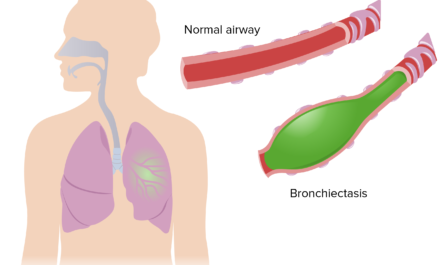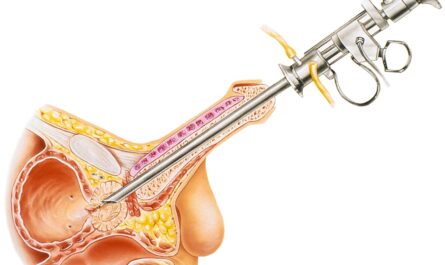
Introduction
With the advancement of technology in healthcare, patient centric apps have emerged as a key tool to transform patient experience and deliver quality care. These apps put patients’ needs at the center and empower them to actively engage in their own care. They enhance convenience, improve health outcomes and lower costs. This article explores how patient centric apps are revolutionizing healthcare delivery and improving lives.
Connecting Patients and Care Teams
One of the main purposes of patient centric apps is to facilitate communication between patients and their care teams. Through the app, patients can easily contact their doctor’s office to book/change appointments, get medical advice, ask follow up questions and receive care reminders. Doctors and nurses can also use the app to monitor patients remotely and provide timely guidance. This level of connectivity improves health management and reduces unnecessary doctor visits.
For example, the MyChart app from Epic Systems allows secure messaging between patients and their providers. Patients can view test results, medication lists and health records online. They can even send prescription refill requests and obtain electronic copies of medical records through MyChart. Such connectivity promotes preventive care and management of chronic conditions from the comfort of home.
Access to Health Records
Patient centric apps give individuals online access to their complete medical history including diagnoses, treatment plans, medications, immunization records, allergies, lab results and more. Having this information available 24/7 on their mobile devices empowers patients to make informed health decisions. They can share their records with other providers easily for continuity of care.
The Blue Button initiative from the Centers for Medicare and Medicaid Services enables Medicare beneficiaries to securely download their health records from Medicare.gov. Apps like Apple Health, Google Fit and Microsoft HealthVault allow patients to pull all their medical records from multiple providers onto a single mobile platform. This gives them a comprehensive view of their health in one place.
Symptom Checking and Diagnosis
Some patient apps incorporate artificial intelligence capabilities for symptom checking and to provide consumers with possible diagnoses and next steps. Patients can input their symptoms and get personalized health assessments and care recommendations. For example, the Babylon Health app uses an AI-powered chatbot named Claude to conduct virtual health consultations. Patients describe their conditions and Claudine can determine if they need to see a doctor, get prescribed medication or just given self-care advice.
Other symptom checkers like Ada by Anthropic, Your.MD and Mayo Clinic apps gather symptoms to provide differential diagnoses and suggest when medical attention is required. This allows individuals to monitor minor ailments from home and get help around serious conditions faster, reducing unnecessary visits. These apps empower patients to take charge of their health and act as a supplement to traditional healthcare.
Medication Management
Managing multiple medications as per changing treatment plans can be challenging for patients. Patient apps help keep track of daily medication schedules, set dosage reminders, record when drugs are taken and monitor potential side effects. Some apps are connected to e-prescribing platforms and pharmacies to facilitate prescription refills.
For example, the Medisafe Meds & Pill Reminder app allows adding all prescription drugs, vitamins, supplements in one place. It sends custom notifications, tracks non-adherence and logs any side effects experienced. Other patient medication management apps like Pill-O-Matix, MedHelper, MediSafe and Drugs.com provide complete medication profiles, interaction alerts and reminders to follow treatment regimens properly. This reduces risks of errors and non-adherence due to forgetfulness.
Fitness Tracking and Chronic Condition Management
Patient centric apps designed for specific conditions like diabetes, hypertension, asthma help patients monitor key metrics of their condition and take timely action. For instance, diabetes apps like mySugr Pro, OneTouch Reveal and Diabetes:M can track blood glucose levels, carbohydrate intake, insulin doses and physical activity. Hypertension apps like Blood Pressure Log Book, WAVE and mHypertension provide tools to record and analyze blood pressure readings over time.
Asthma and COPD apps such as Asthma Diary and MyAir allow logging of symptoms, peak flows, medications used during attacks. Patients receive alerts if metrics go out of range. Other general wellness apps count steps, calories, track workouts, monitor sleep and vital signs to identify risks and encourage lifestyle changes. Fitbit, Apple Watch, Garmin and Samsung Health connect devices and apps make it easier to establish healthy habits. This results in better condition management and prevents complications in the long run.
Conclusion
Patient centric healthcare apps have significant potential to transform healthcare delivery by putting individuals at the center of their own care. As connectivity and artificial intelligence capabilities improve, these apps will become even smarter and more personalized. They will continue empowering patients as partners in healthcare decisions. With a growing emphasis on value-based and preventive care models, patient centric technologies are the future of medicine. They lower costs, improve outcomes and optimize patient experience which should be the ultimate goal of any healthcare system.
*Note:
1. Source: Coherent Market Insights, Public sources, Desk research
2. We have leveraged AI tools to mine information and compile it


